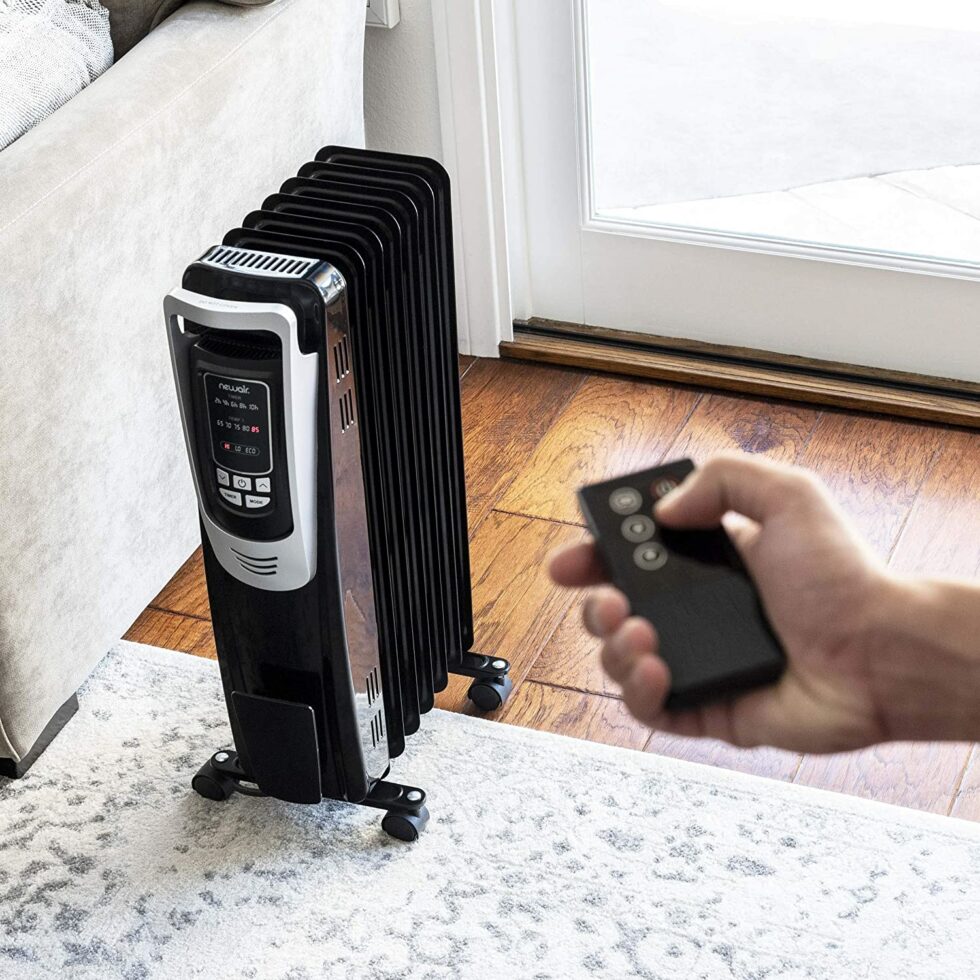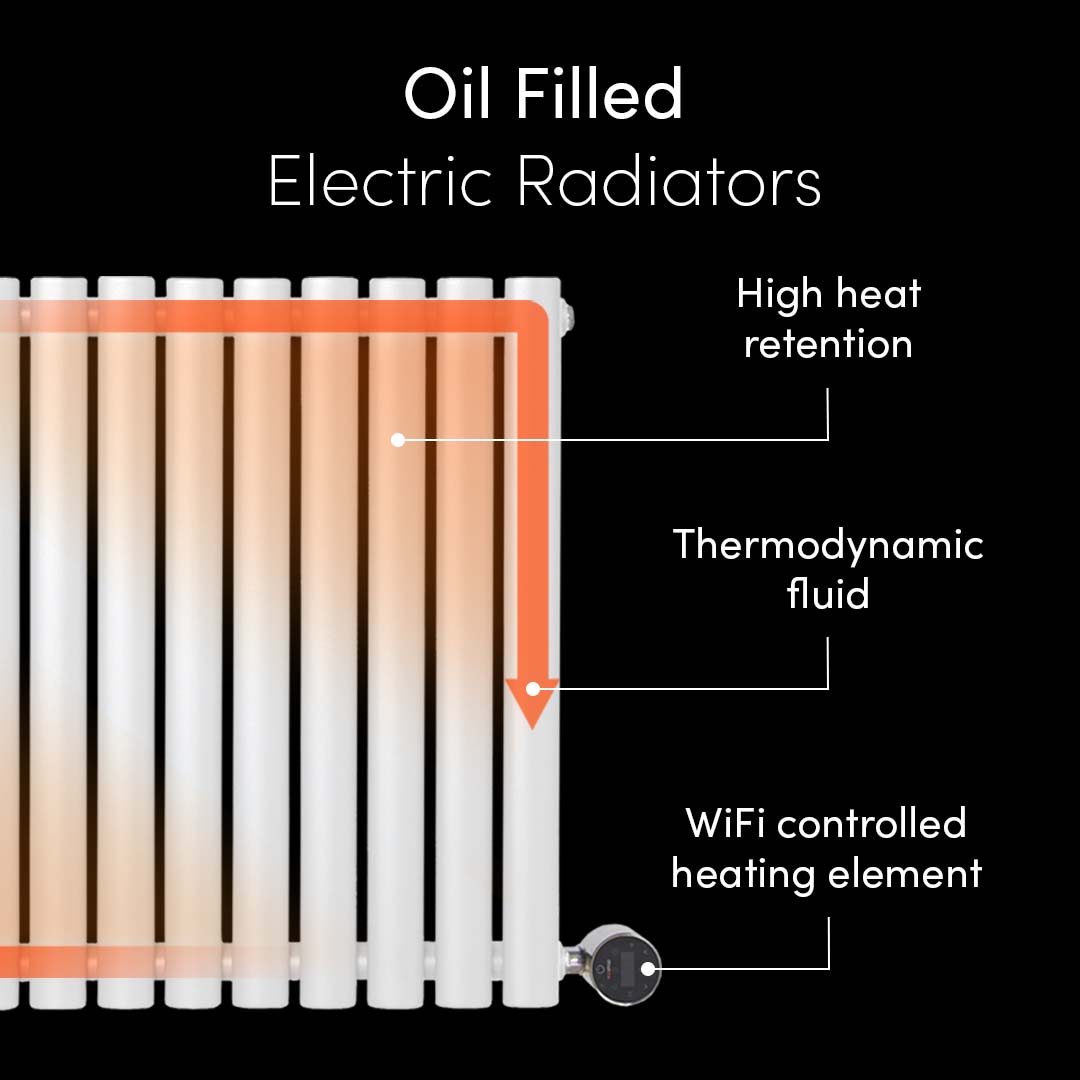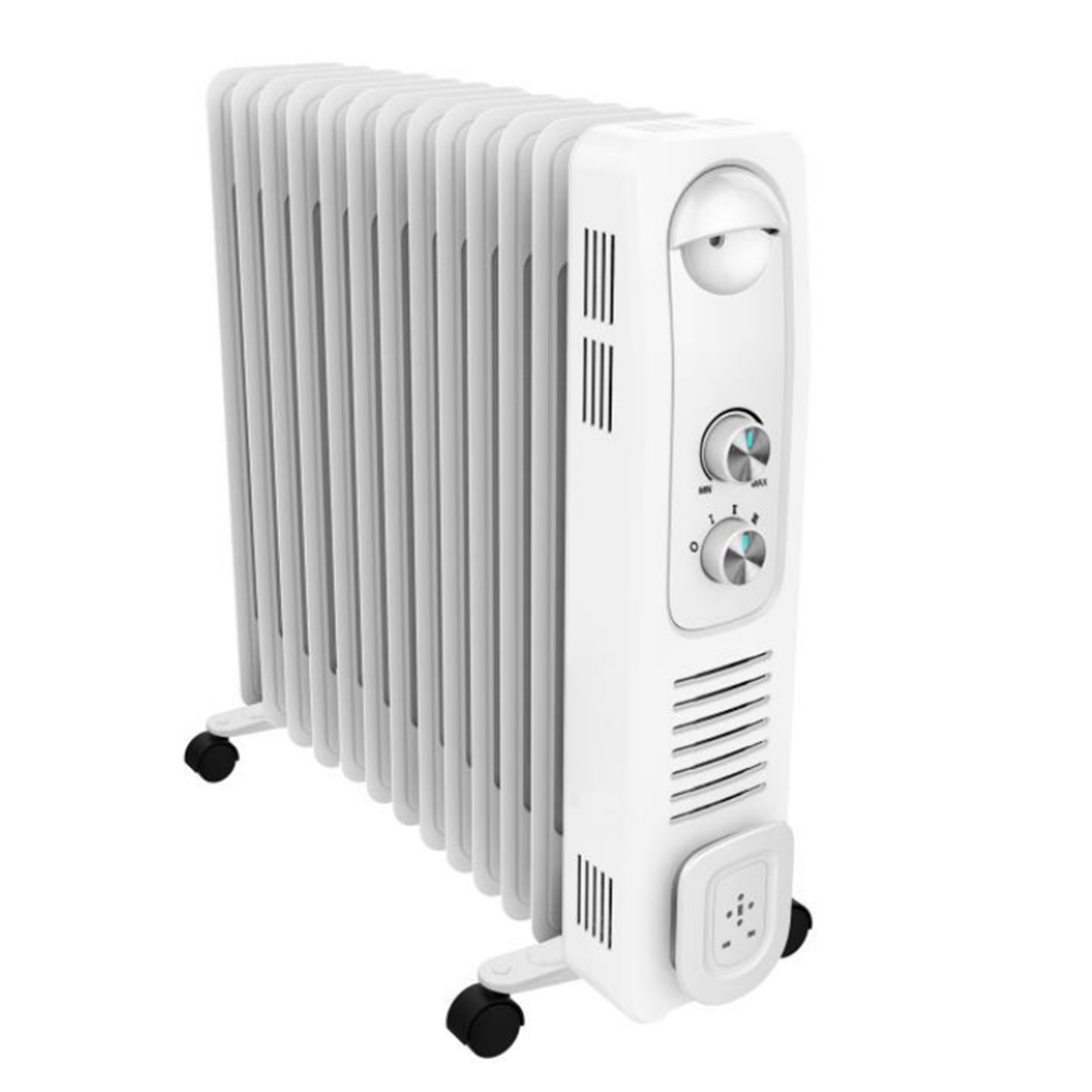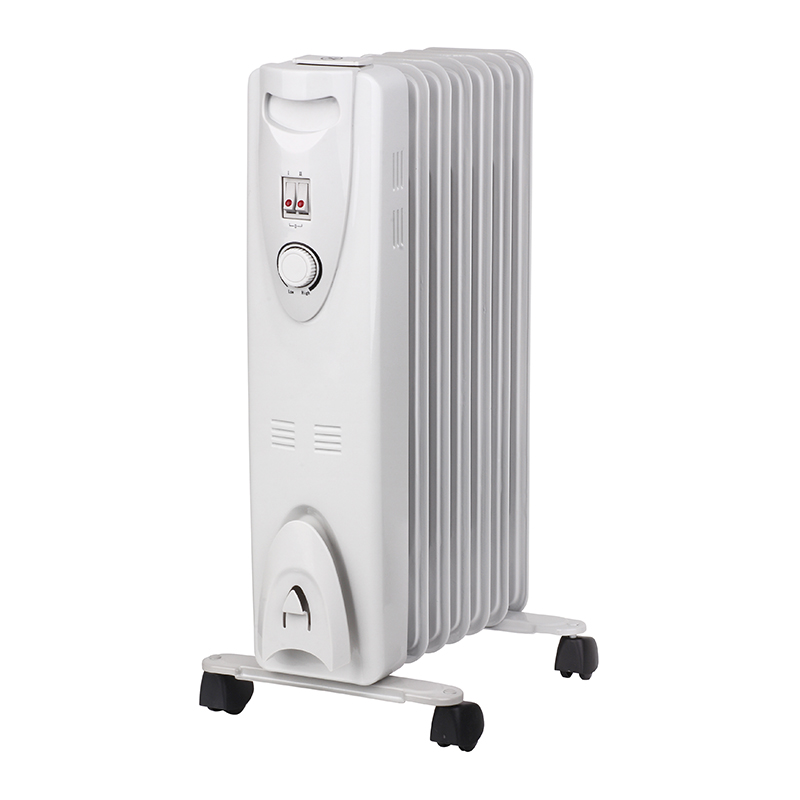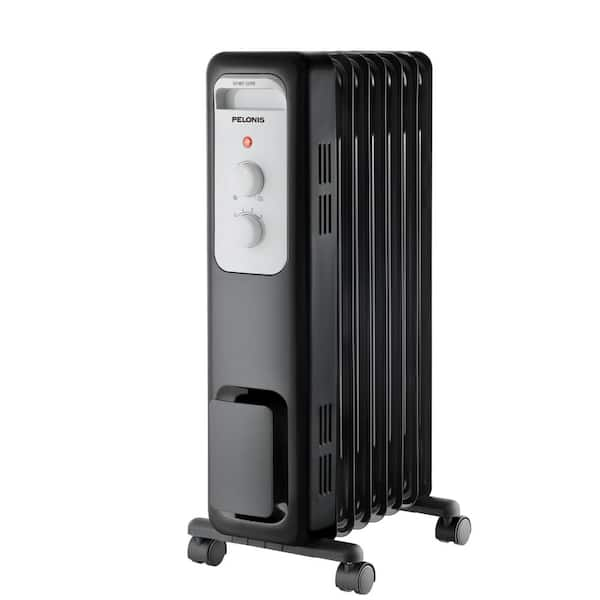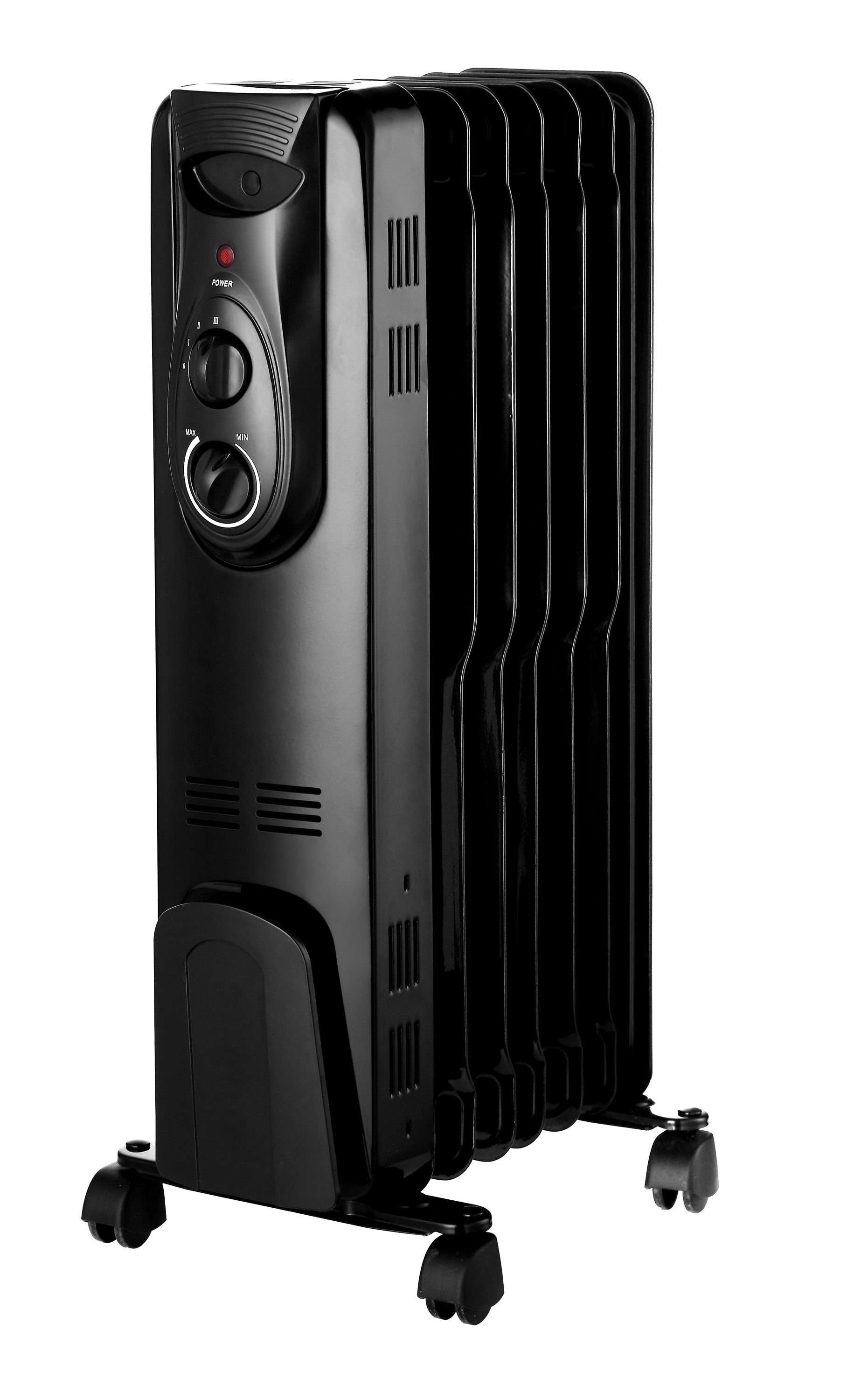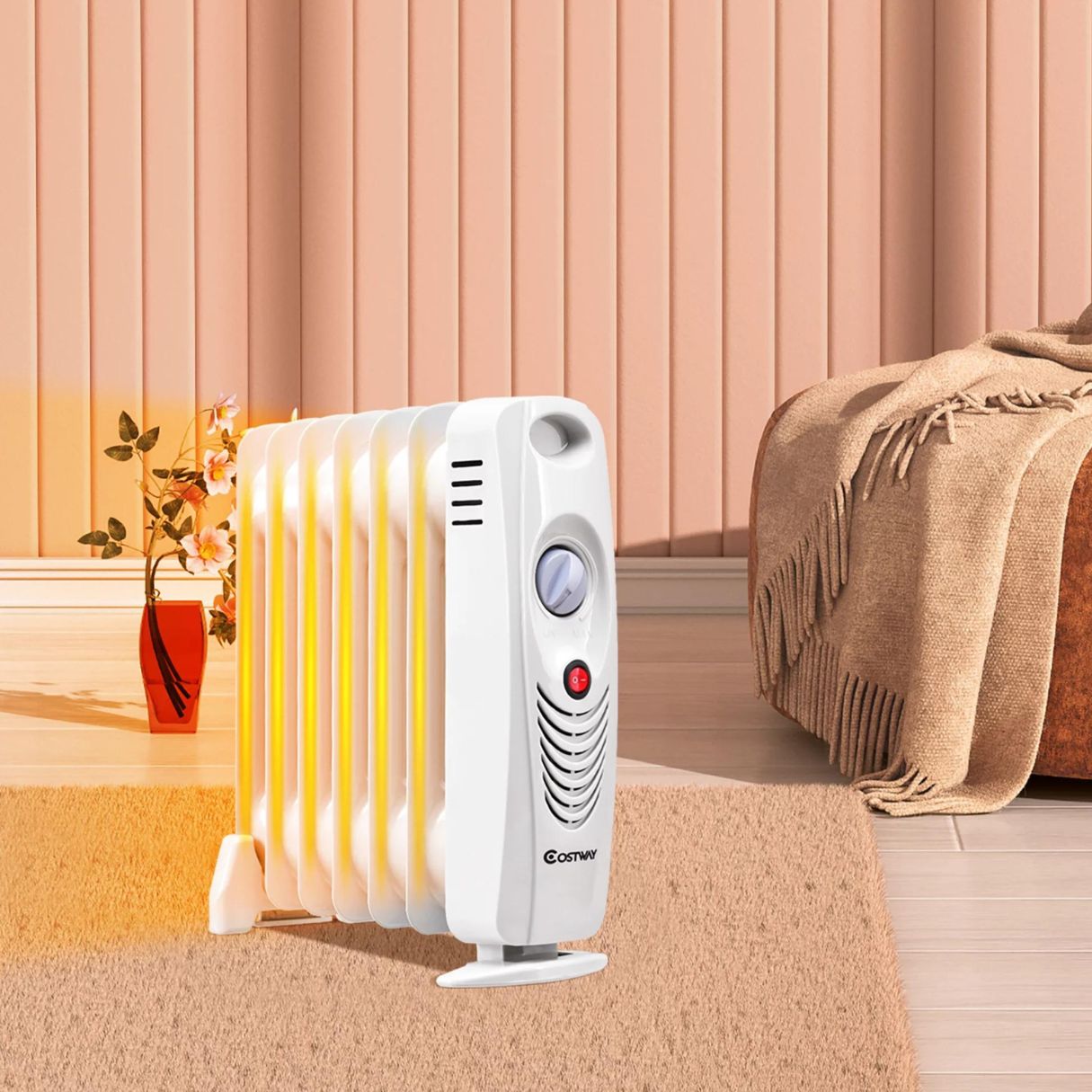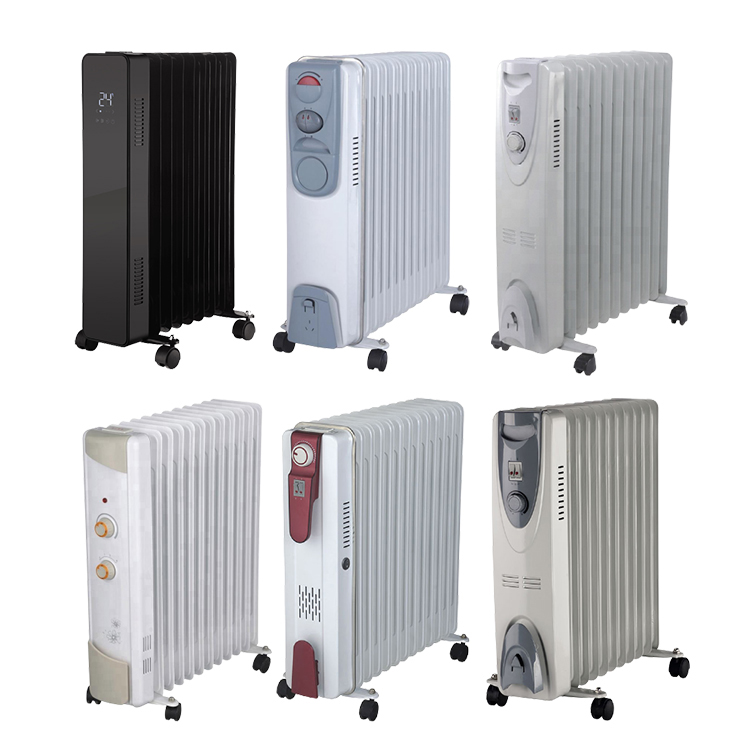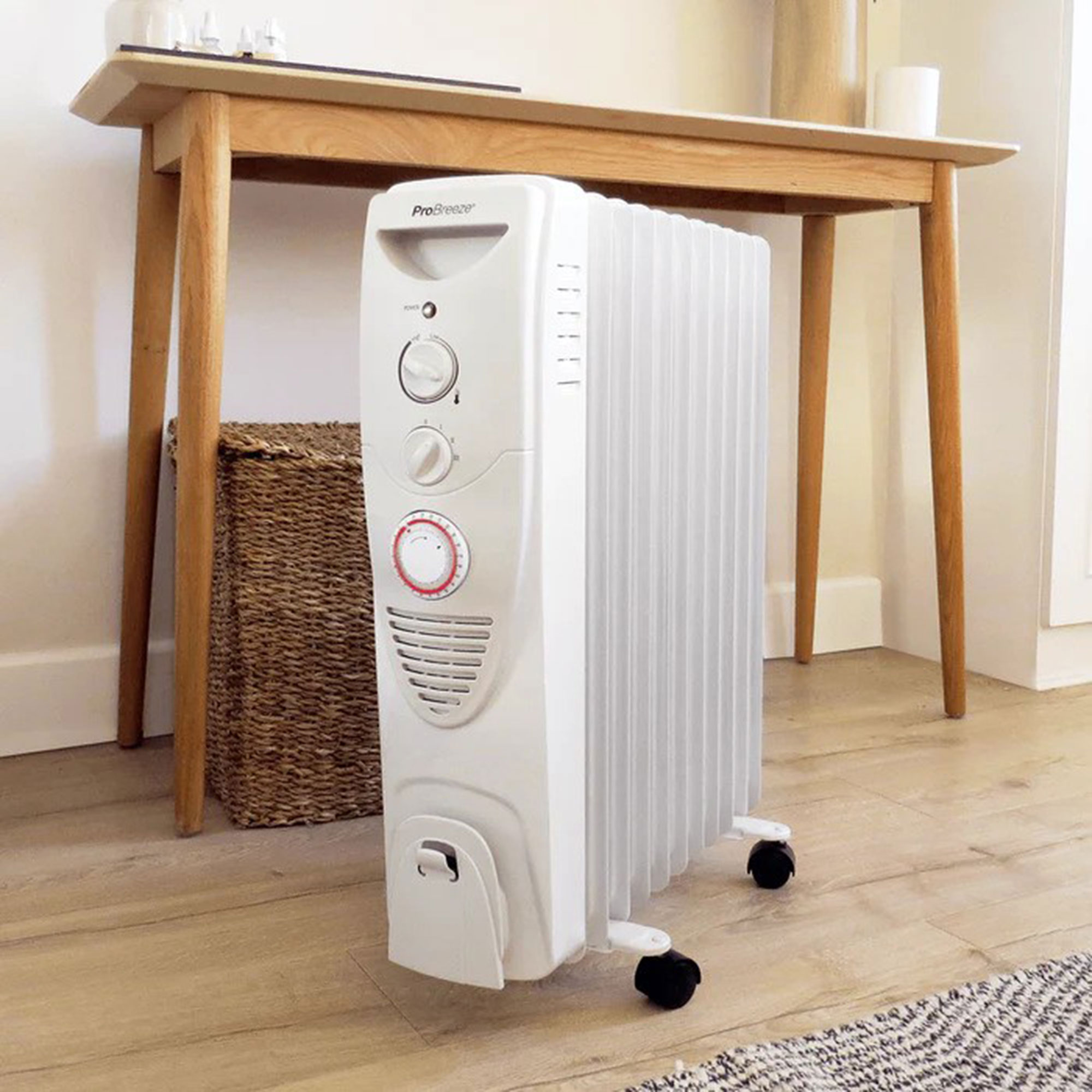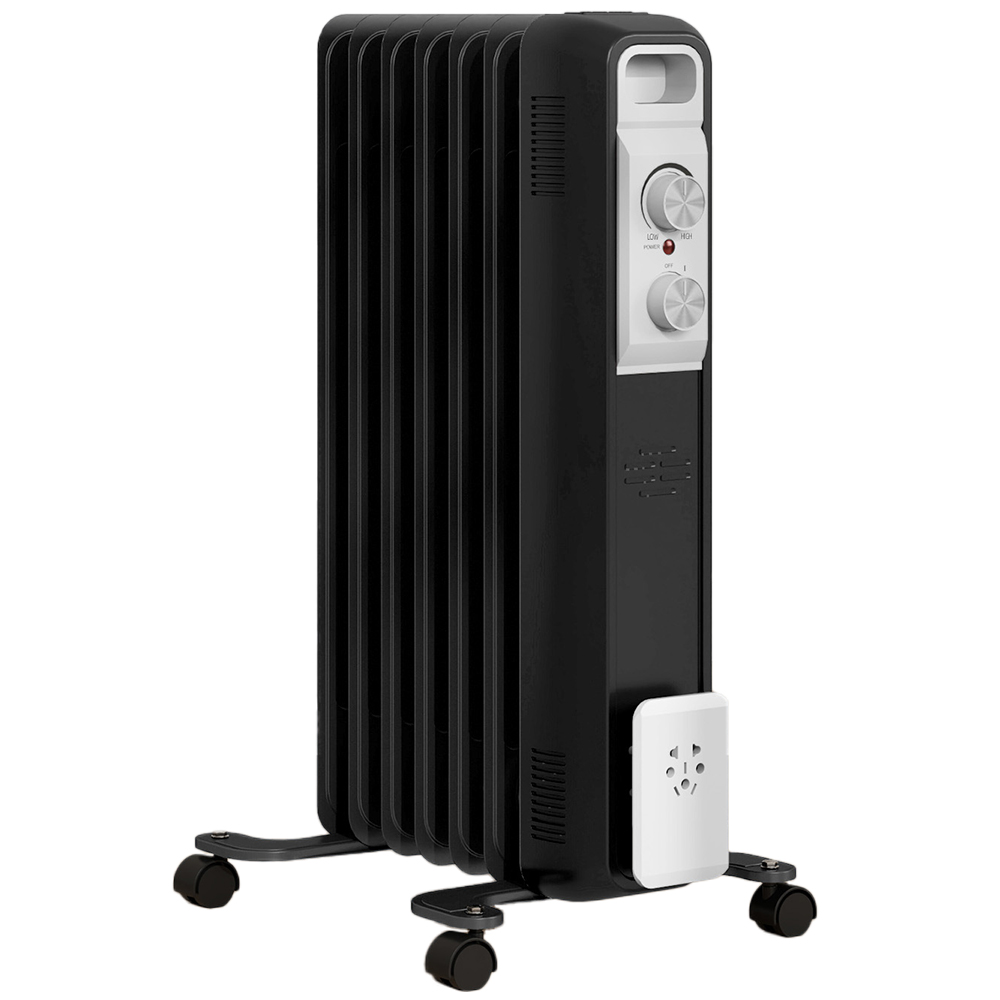What Is An Oil Filled Heater

Imagine stepping in from a frosty winter evening, the chill clinging to your clothes. The air inside is crisp, hinting at the warmth to come. Soon, a gentle, enveloping heat begins to radiate, not blasting from a vent, but emanating from a quiet corner where a sleek, finned device sits, silently promising cozy comfort.
This article delves into the world of oil-filled heaters, exploring their design, function, and appeal as a reliable and comforting source of supplemental heat. We'll unpack the science behind their operation, their benefits, and why they remain a popular choice for warming homes across the globe.
The Anatomy of Warmth: Understanding Oil-Filled Heaters
At their core, oil-filled heaters are essentially electric resistance heaters. They utilize electricity to heat a special type of oil, usually diathermic oil, which then radiates warmth into the surrounding environment.
Think of them as miniature, self-contained radiators. The oil acts as a heat reservoir, efficiently storing and distributing warmth.
How They Work: A Cycle of Heat
The process begins when electricity flows through a resistor submerged in the oil. As the resistor heats up, it transfers that thermal energy to the oil.
The oil, in turn, circulates throughout the sealed unit, warming the metal fins that characterize the heater's exterior. These fins greatly increase the surface area, allowing for efficient heat radiation into the room.
Because the oil retains heat so well, oil-filled heaters continue to emit warmth for a period even after they are switched off. This residual heat is one of their most appealing features.
The Enduring Appeal: Benefits and Advantages
Oil-filled heaters have remained a popular choice for supplemental heating for a number of compelling reasons. Their advantages stem from their design and the properties of the oil they use.
Safe and Steady Warmth
One of the primary benefits is their relatively safe operation. Unlike some other types of space heaters, oil-filled heaters do not have exposed heating elements that can pose a burn risk.
While the surface can get warm, it's typically not hot enough to cause immediate or severe burns, making them a safer option, especially for households with children or pets. However, it's still important to avoid prolonged contact.
Quiet Operation
Oil-filled heaters are renowned for their near-silent operation. They don't have fans or moving parts, eliminating the distracting noise often associated with forced-air heaters.
This makes them ideal for bedrooms, nurseries, or home offices where a quiet environment is crucial.
Consistent Heat Distribution
The radiant heat produced by oil-filled heaters tends to distribute more evenly than forced-air heat. They warm objects and surfaces in the room, creating a more consistent and comfortable temperature.
This can help to eliminate cold spots and create a more pleasant overall environment. The gentle warmth is less likely to dry out the air compared to some other heating methods.
Low Maintenance
Oil-filled heaters are typically very low maintenance. They are sealed units, so there's no need to refill the oil or perform regular maintenance tasks.
A simple wipe-down to remove dust is usually all that's required to keep them running smoothly. This ease of maintenance adds to their long-term appeal.
Energy Efficiency Considerations
While oil-filled heaters offer many advantages, it's essential to consider their energy efficiency. They are generally more energy-efficient than some other types of space heaters, especially in terms of maintaining a consistent temperature over time.
However, they can take longer to initially heat a room compared to forced-air heaters. Using a thermostat and timer can help optimize their energy use.
According to the U.S. Department of Energy, using supplemental heating strategically can save energy by allowing you to lower the thermostat for your whole-house heating system. But, they advise to only heat the rooms you are using.
A Look Back: The History and Evolution
The invention of the oil-filled heater can be traced back to the early 20th century, as electric heating technology advanced. The design capitalized on the superior heat retention properties of oil.
Early models were often bulky and less efficient, but advancements in materials and engineering have led to the sleek, efficient designs we see today. Over time, improvements in thermostat technology and safety features have enhanced their performance and user-friendliness.
The basic principle has remained remarkably consistent: harnessing the power of electricity to warm oil and radiate comfortable heat.
Modern Innovations and the Future of Oil-Filled Heaters
Modern oil-filled heaters often come equipped with features like adjustable thermostats, multiple heat settings, and timers. Some models even include remote controls and digital displays for added convenience.
Manufacturers are constantly exploring ways to improve their energy efficiency and safety. This includes using more advanced heating elements and designing more effective heat distribution systems.
With growing awareness of energy consumption, there is a focus on making them smarter and more responsive to users’ needs. New designs include features like tip-over protection and overheat shut-off, enhancing safety features and peace of mind.
Making the Right Choice: Factors to Consider
When considering purchasing an oil-filled heater, several factors should be taken into account. Room size is a crucial factor.
Larger rooms require heaters with higher wattage to effectively warm the space. Consider the unit's safety features, such as tip-over protection and overheat shut-off.
Finally, think about the features that matter most to you, such as a programmable thermostat, remote control, or quiet operation. Compare models to find the best fit for your individual needs and preferences.
The Subtle Art of Warmth
Oil-filled heaters are more than just appliances; they are quiet companions during the colder months. They offer a gentle, enveloping warmth that soothes and comforts.
As technology continues to evolve, oil-filled heaters will likely continue to be a reliable and comforting source of supplemental heat for years to come. They represent a blend of time-tested principles and modern innovation, bringing a touch of cozy warmth to homes around the world.
Ultimately, an oil-filled heater provides a sense of well-being, turning a chilly room into a warm and inviting sanctuary. They are a simple reminder that even in the coldest of times, comfort and warmth are always within reach.
